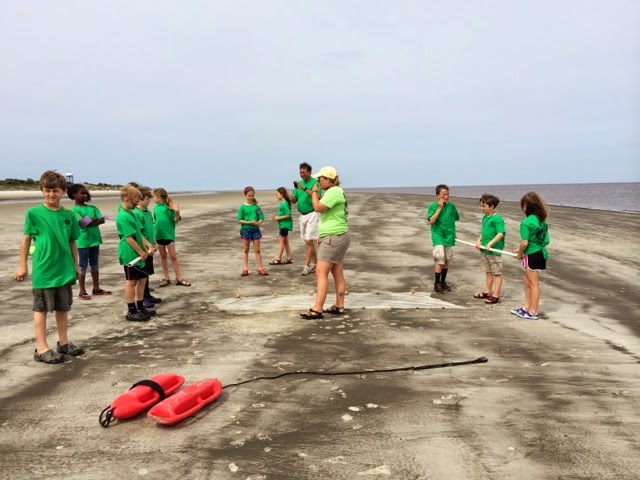Wednesday, April 30, 2014
Friday, April 25, 2014
Jekyll Island Packing List
We are so excited about our upcoming trip to Jekyll. Please see the attached packing list for next week's trip. Thanks so much! The 4th Grade Team
Tuesday, April 22, 2014
Saltwater and Freshwater Habitats
During today's science lab, students observed similarities and differences between saltwater and freshwater habitats. They analyzed the effect that saltwater has on freshwater plant species, as well as experimented with the buoyancy of various objects in both types of water. Here are just a few photos of our fun in the lab!







Please also note that we will have a "biomes" vocab quiz next week (4/29), which will contain both science and social studies vocabulary. Next week is an exciting week with both Jekyll and Field Day, so please remind your student to study for his/her vocab quiz as well. Thanks so much for all that you do!
•Mountain—a
land mass
with great height and steep sides that is higher than a hill
1.Folded
Mountain—a
mountain of sedimentary rock made when 2 of Earth’s plates push together and
wrinkle
2.Fault-Block
Mountain—a
mountain with sharp, jagged peaks that forms when 2 of Earth’s plates pull
against each other and become brittle
3.Dome
Mountain—a
mountain that looks like an upside-down bowl and occurs when magma pushes up on
the Earth’s crust, but is unable to break through
4.Volcanic
Mountain—a
mountain formed when molten rock, ash, and gases erupt through a vent in the
Earth’s crust and pile up
•Desert—a very dry, often sandy area with little
or no plant growth
•Island—a body of land that
is smaller than
a continent and is
completely surrounded
by water
on all sides
1.Barrier
Island—a
long, narrow, sandy
island that
protects the mainland from storms and erosion (Jekyll Island is a barrier
island.)
2.Volcanic
Island—islands
that are formed by underwater volcanic activity (The Hawaiian Islands are
volcanic islands.)
•Grassland—a
large area of
land that
is mainly covered
by grasses
and has
very few
trees or shrubs
•Rain Forest—a
thick forest of trees and heavy undergrowth that receives a large amount of
rainfall throughout the year
1.Tropical
Rain Forests—warm
rain forests found near the equator that are known for their unique plant and
animal species
2.Temperate
Rain Forests—forests
that receive a large amount of rainfall, but do not have warm temperatures
year-round (California redwood forests are examples of these.)
•Ocean—the huge expanse of salt water that
covers approximately
three quarters of the earth's surface.
•Adaptation—a
process or trait that allows a plant or animal to be better suited to live in
its environment
•Endangered—describes
a species of animals whose numbers are so low that it may one day become
extinct
•Extinct—an animal species that no longer exists
or has died out
•Habitat—a special place where a plant or animal
lives
Monday, April 14, 2014
Testing Continues Through Thursday
Thank you, parents, for the water bottles and snacks you sent in to be used during testing this week. They are greatly appreciated! Testing went well today and will continue through Thursday. Please help your child be prepared for testing each day by putting them to bed on time each night, by serving a protein filled breakfast each morning, and by arriving at school at 8 each day. Thanks again for all you do to help your children be the best they can be!
Subscribe to:
Comments (Atom)



















